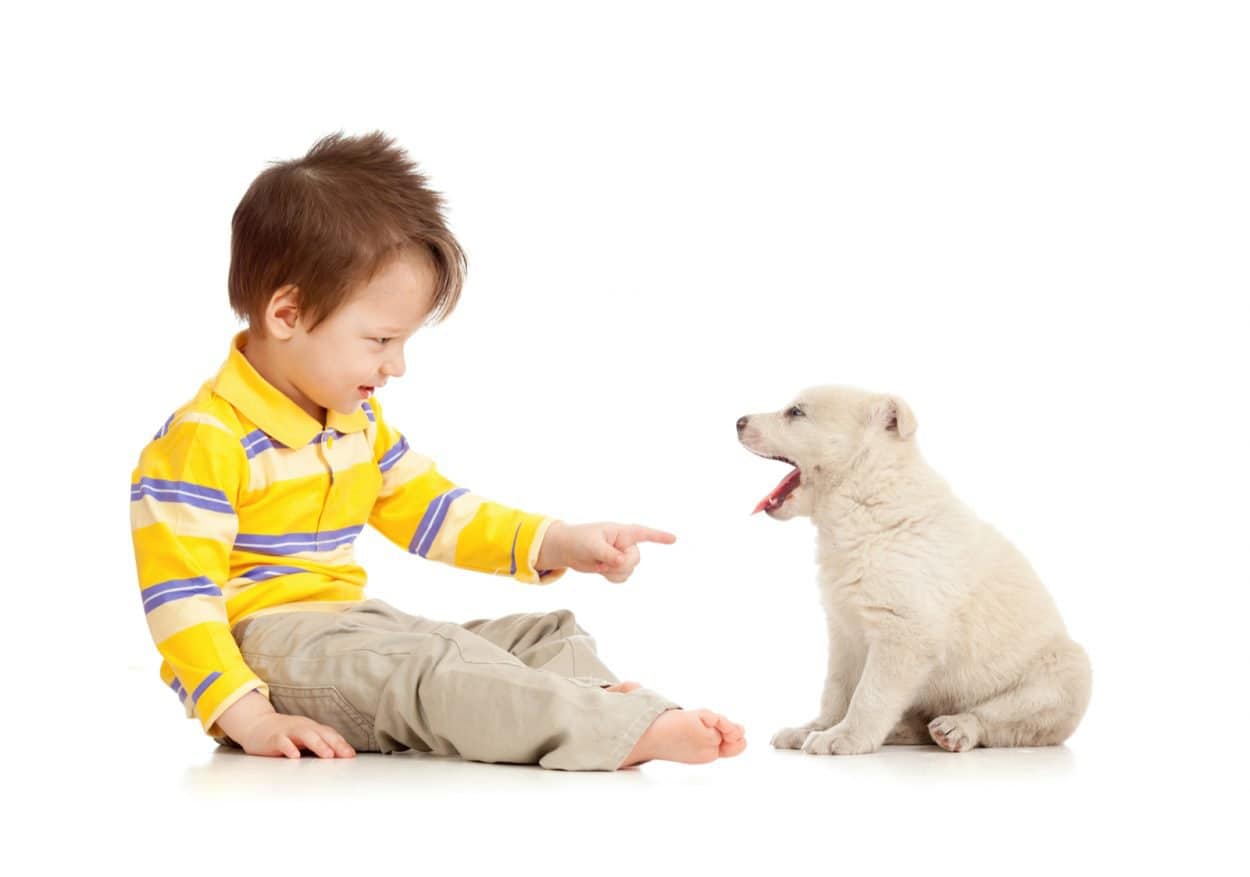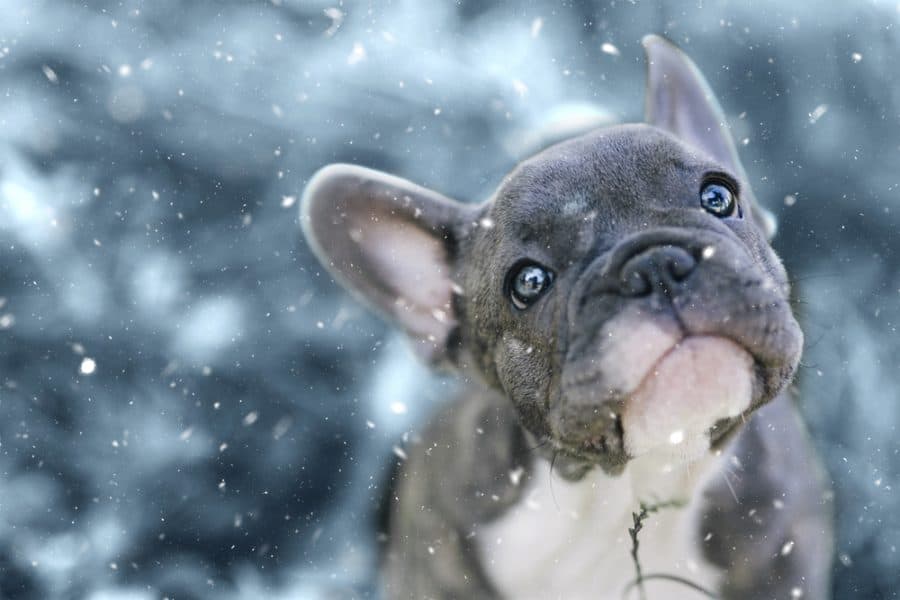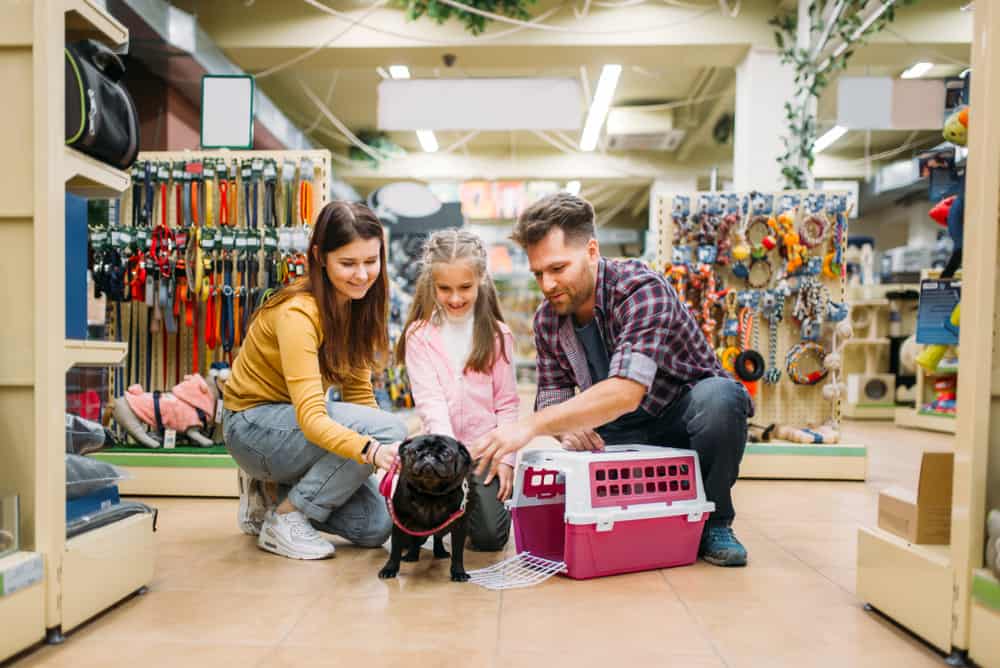Dog training tips for modelling shoots
Here at Models Direct, we’ve already looked at how your dog can become a model. Now we’ll focus on training tips so your pooch will be the most behaved model on the day of their assignment. After all, a trained dog will please everyone on the big day, least of all the camera crew. You might have the cutest pet, or a dog with unique features, but if they’re not going to play ball then it could jeopardise the assignment. Let’s look at some basic advice to enhance your dog’s performance. If you have these four tips nailed down, it could springboard your beloved pooch into more modelling work.
1. Start with basic “luring” training. Puppies that are “lured” with treats often grow up to be extremely obedient, but that’s not to say that older dogs with no lure training cannot be taught. Lure training simply involves using a food item / treat to guide your dog into the desired behaviour or position. When you (and your dog!) gets better at this technique, your canine friend should be able to move into different positions without being touched: with time, the lure won’t be needed and you can instruct orders merely using your voice or hands.
2. Plan ahead. Unfortunately, if an agency doesn’t think your dog is cut out for modelling, they’ll probably be quick to let you know. Don’t rush, and be patient. Good advice is to train your dog with luring in different environments so they get used to performing commands outside their comfort zone. As long as your dog is under no stress and is happy, they should welcome command training in new places. Don’t just practice at home or in your garden. Try taking them to the nearest park. Do your research, and find out if there are any community centres that accept dogs for training; the more varied the environment, the more your dog will be relaxed in performing.
3. Be sociable. Pet modelling involves being around new people on set, so think about asking friends or relatives to help train your pooch. Dogs in particular react to new sounds and smells, so this will be good experience in the long run. If more people can command your dog to lie, roll over or sit down on command, it’ll pay dividends. How about training your dog to bark on command? Any little mannerisms you think will impress the agency can only be advantageous.
4. Get your dog familiar with cameras / flashes. This is crucial. We’re not suggesting you shine bright torches directly at your dog, but any experience in front of a camera before entering a modelling set is beneficial. Though they’ll undoubtedly be strange sounds on set, don’t go overboard and bombard your dog with loud, disturbing noises – they’ll probably deter or scare your pet. Instead, gradually expose him to foreign sounds and reward / reassure him when he doesn’t show signs of restlessness.
Think, too, about travelling. If you need to drive to a modelling set (invariably, this will be the case), make sure your dog is comfortable on long drives. As with children, your pet’s comfort and wellbeing is more important than the assignment, but with a little coaxing and basic training, there’s no reason why both you and your pet can’t have a successful relationship with the modelling agency.
Models Direct always welcomes applications from dog owners. Please get in touch with us to see how your pet can enjoy modelling shoots…and earn money at the same time!





